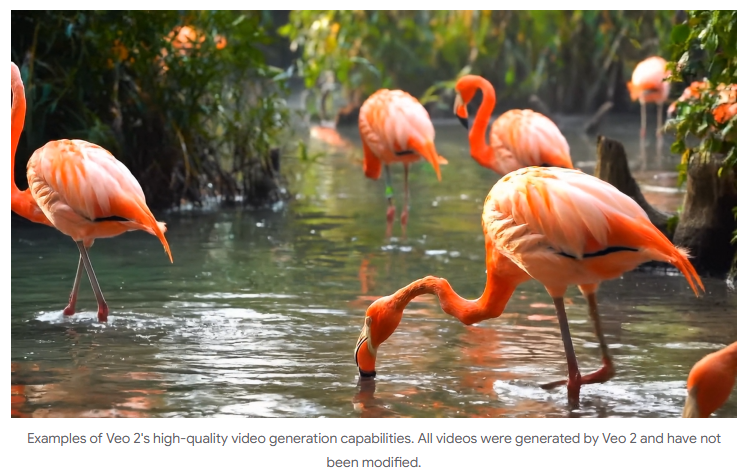Google’s new generative AI editing tools will understand the unique language of cinematography
posted Monday, December 23, 2024 at 7:48 AM EST
Google is expanding its generative AI capabilities with the introduction of new tools that promise to revolutionize video and image editing. With the rollout of Veo 2, Imagen 3, and the experimental Whisk program, the tech giant is testing AI systems that can replicate real-world lenses and cinematic effects, as well as remix existing photos with remarkable ease.
The Future of AI in Content Creation
Google’s new suite of AI tools offers incredible creative potential. Users can easily replicate professional-level effects and create high-quality video and images. For content creators, these advancements could be game-changers, offering more control over the production process and enabling faster, more efficient content creation.
Veo 2, the updated version of Google’s AI-driven video platform, allows users to request specific cinematographic effects using simple text prompts. By understanding the “language of cinematography,” the system can apply techniques like the use of an "18mm lens" for a wide-angle shot or a "shallow depth of field" for professional-looking background blur. Google claims that Veo 2 also enhances its understanding of real-world physics, including human movements and expressions, and improves upon its predecessor’s ability to handle video generation with more realistic movements.

Veo 2’s improvements extend to the level of detail, offering the generation of 4K-quality footage and extended video lengths, a significant step up from OpenAI’s Sora, which is limited to shorter, lower-resolution videos. Like the original Veo, the new version includes SynthID, an invisible watermark that identifies AI-generated content, ensuring that videos can be flagged as AI-created when necessary.
On the still image side, Google has unveiled Imagen 3, a generative AI that promises even more realistic and detailed results than its predecessor. With better prompt understanding and the ability to render photorealistic textures, Imagen 3 addresses one of the key weaknesses of earlier AI systems: the inability to generate lifelike details. Users can now generate high-quality images with better composition and more diverse styles, ranging from photorealism to creative artistic interpretations.

The advancements in Imagen 3 make it a powerful tool for photographers and digital artists, allowing them to produce stunning visuals with just a few simple instructions. The AI’s capability to handle complex textures, such as the fine details of light and material surfaces, could be particularly useful for creative professionals who rely on precise and dynamic imagery.